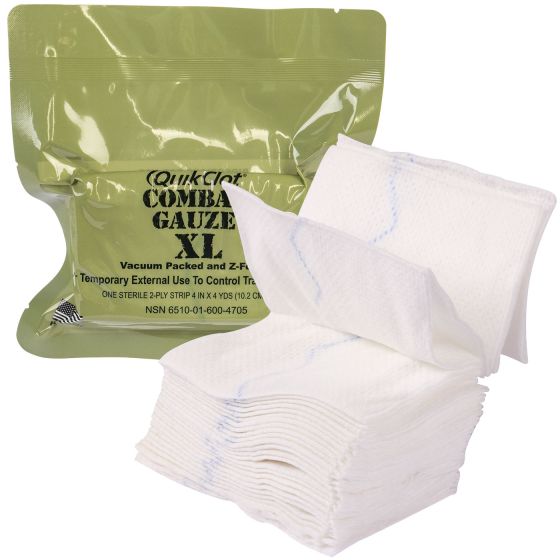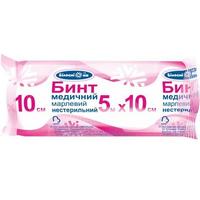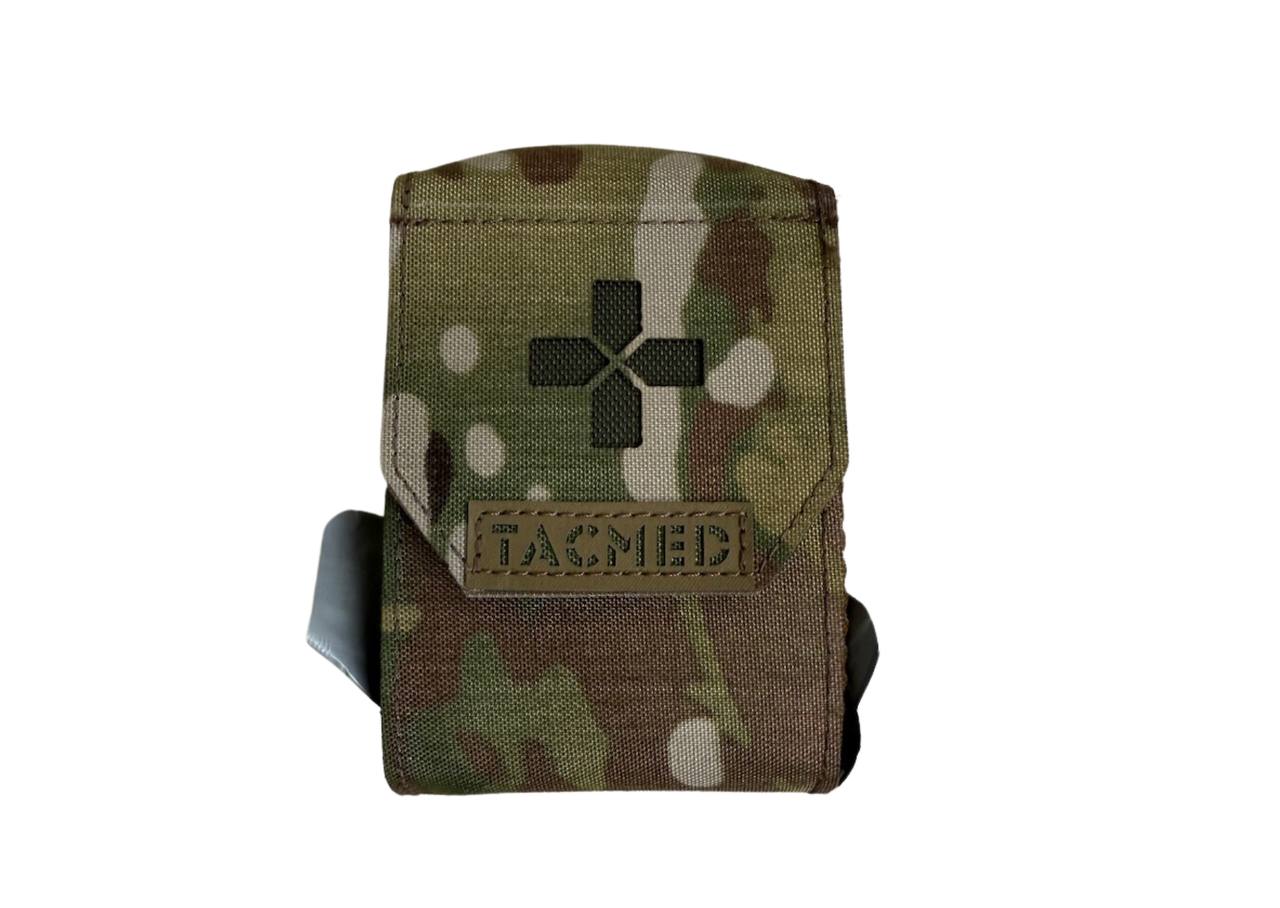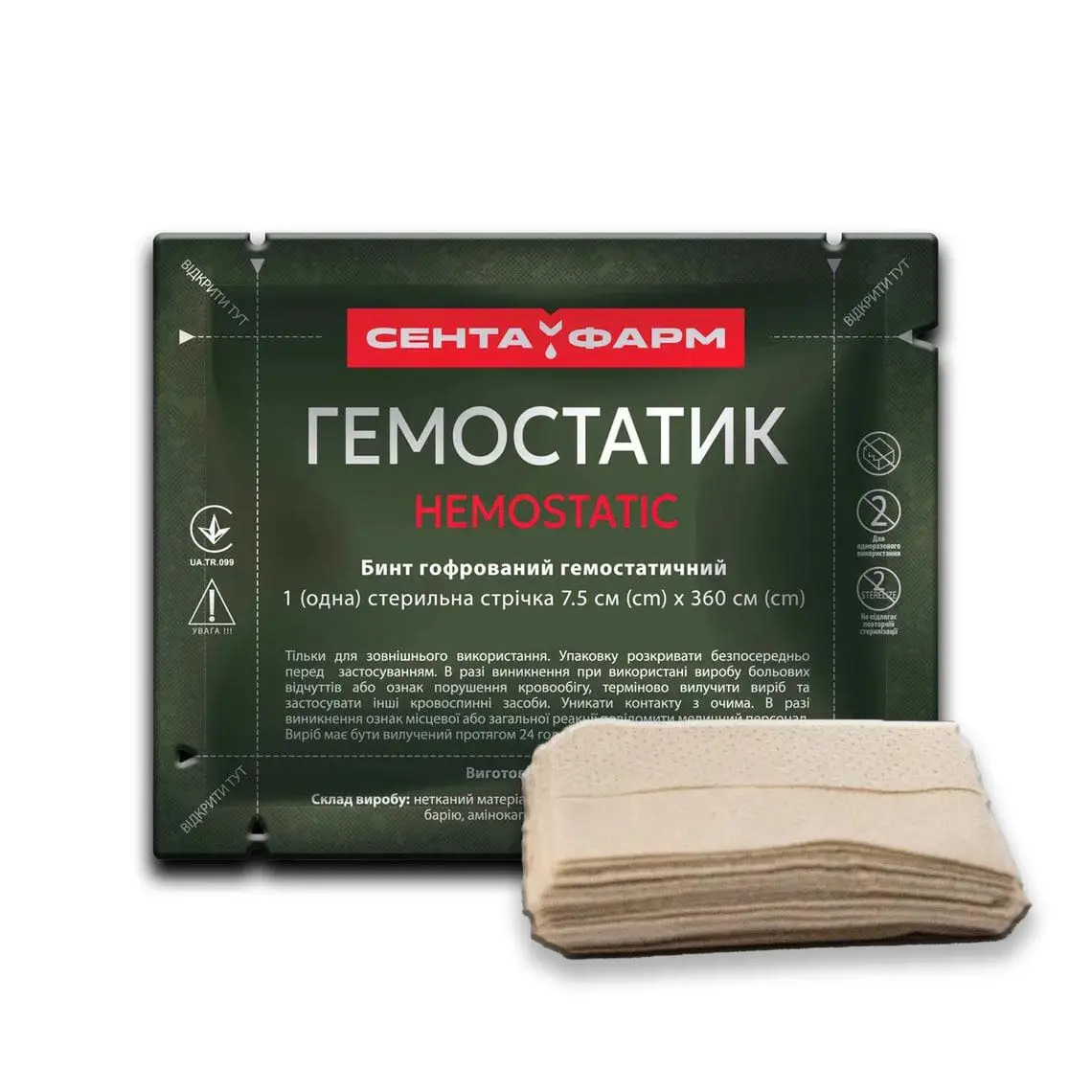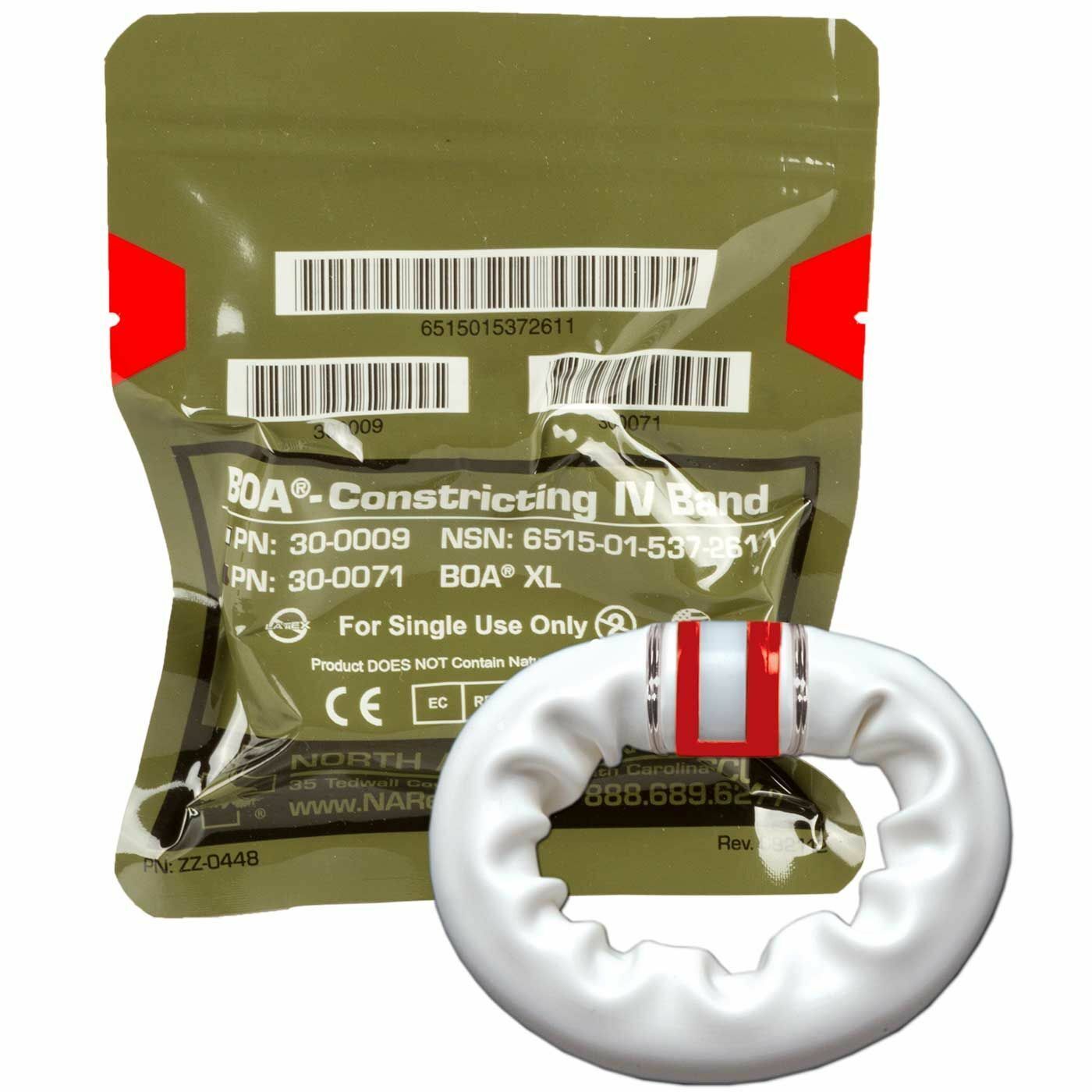First aid: what everyone should know
Content
- What is first aid?
- Who can provide pre-medical care?
- In what cases is assistance needed?
- Basic algorithms for action: MARCH, CABСDE, TCCC
- How should a first aid kit be equipped?
- When to undergo training, practice, and instruction
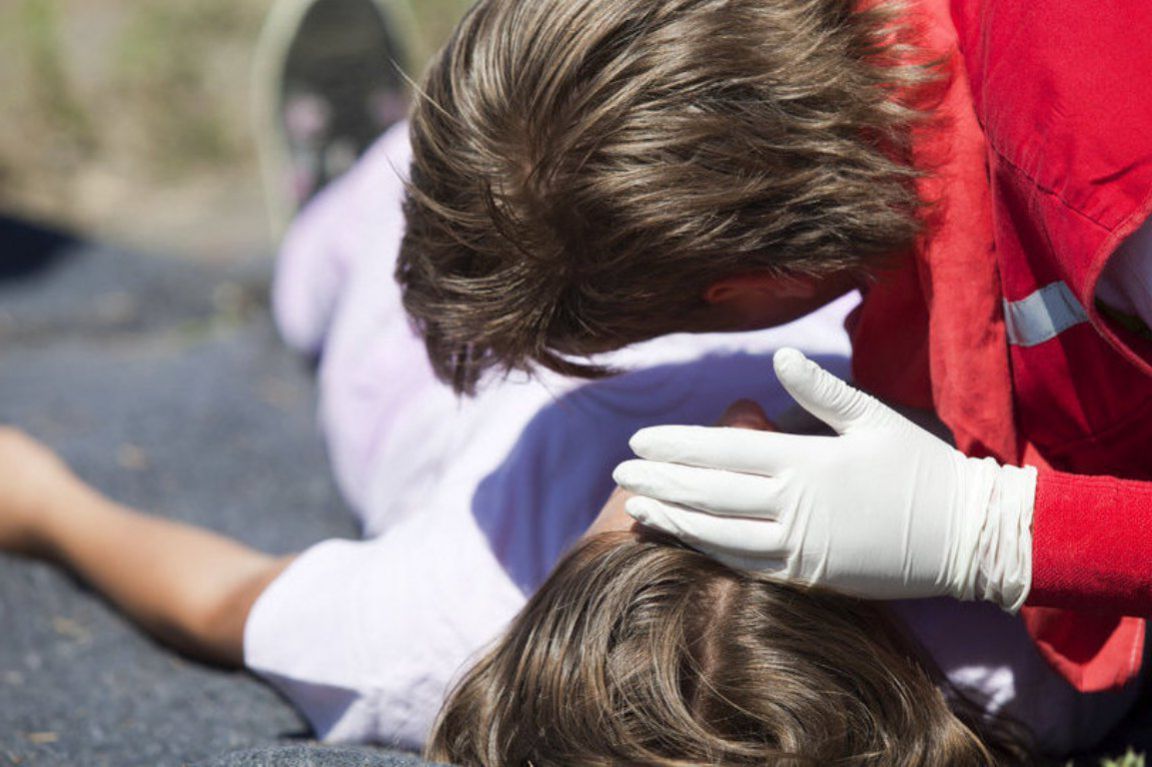
In modern conditions, the concept of “pre-medical care” is a skill that everyone should possess, not just medical professionals or military personnel. Sometimes, it is the actions of a bystander that save someone's life by gaining precious time before the ambulance arrives. The more Ukrainians know how to provide pre-medical care, the more lives can be saved.
What is first aid?
In fact, we are talking about first aid that anyone can provide. These actions are performed before the arrival of professional medics or before the victim is transported to a specialized medical facility. These are actions necessary to save a life, not to treat it:
- stopping bleeding;
- immobilizing injuries;
- cardiopulmonary resuscitation;
- ensuring airway patency, etc.
To perform all these procedures, you do not need in-depth knowledge or professional education in the field of medicine. You need to acquire basic skills in specialized pre-medical care courses.
Who can provide pre-medical care?
The key point is that anyone can provide first aid. Military personnel, police officers, volunteers, emergency medical service workers, and ordinary civilians should be the first to acquire these skills.
Sometimes even minimal basic knowledge can save your own life or someone else's. It is important to master the skills that will allow you to act confidently when there is no doctor around and decisions must be made in a matter of seconds.
In what cases is assistance needed?
Pre-medical care may be needed both after combat injuries and in peacetime. For example, as a result of a traffic accident or injury at work, after a fall.
It is especially important to react immediately when it comes to massive bleeding, penetrating wounds, amputations, respiratory arrest, severe burns, blast injuries, or shock.
Basic algorithms for action: MARCH, CABСDE, TCCC
After completing the appropriate courses, you will be able to provide effective assistance even without medical training. To do this, you need to learn the basic, most common, and time-tested algorithms. Such as MARCH:
- M (Massive bleeding) — first of all, it is necessary to find and stop significant bleeding. For this, tourniquets or hemostatic agents are used, depending on the location and volume of blood loss.
- A (Airway) — make sure that the airways are open and not blocked. If necessary, restore their patency by available means.
- R (Respiration) — assess whether the victim is breathing. If chest injuries are suspected, pay attention to unilateral movements and open wounds that need to be sealed.
- C (Circulation) — check blood circulation, focus on identifying signs of shock, monitor pulse and skin color, and ensure vital functions are maintained.
- H (Hypothermia) — prevent heat loss. Even in warm weather, the body of an injured person cools quickly, so it is necessary to cover them with a thermal blanket or other insulating material.
In combat conditions, the TCCC (Tactical Combat Casualty Care) protocol is used. The actions taken under this protocol differ from those taken when providing assistance to civilians. It was developed by professional US medics and is now considered an international standard in tactical medicine and is widely used by NATO armies.
The main goal of TCCC is to save the lives of as many soldiers as possible in extremely difficult conditions. This protocol was developed taking into account the realities of combat operations — in particular, the specifics of injuries that occur in the combat zone, as well as additional dangers: firing, evacuation under fire, lack of medical resources, and restrictions on the use of equipment.
It can be divided into three main phases:
- Assistance under fire. This is the most dangerous phase. You should focus exclusively on critical actions that are most necessary at that moment to save lives: stopping bleeding with a tourniquet and transporting the wounded to a safer place.
- Assistance during a tactical pause – performing life-saving actions when there is no direct fire contact. In this case, it is possible to perform more actions. For example, check breathing, control shock, stabilize the condition, and properly prepare the person for evacuation.
- Assistance during evacuation. Ensuring that the victim is accompanied during their transfer to a medical facility with the possibility of additional medical actions during the evacuation process.
Both algorithms are closely related. It is thanks to compliance with these standards that many lives are currently being saved. Therefore, it is extremely important today to master the basic principles described above. This can save your life and the lives of your loved ones.
How should a first aid kit be equipped?
There is no need to reinvent the wheel here, as a basic kit has been developed that allows you to provide quality first aid. We are talking about the IFAK (Individual First Aid Kit).
To be prepared for any situation, you should have the following on hand:
- a certified tourniquet;
- hemostatic materials;
- a bandage;
- occlusive dressings;
- thermal blanket, gloves, scissors, markers.
At the same time, the first aid kit should be compact, accessible at any time, and comply with approved standards.
When to undergo training, practice, and instruction
Today, courses that provide all the knowledge and skills necessary to provide first aid are extremely accessible.
They are often conducted — in both large and small cities — by volunteers, military instructors, as well as specialists from the State Emergency Service and various international organizations.
As a rule, training does not take much time. The classes will teach you how to properly apply a tourniquet, provide assistance according to the protocols we discussed above, use a first aid kit correctly and assemble it, and recognize critical conditions even in very stressful situations. With constant practice, you will learn to act automatically, which will ensure an effective response without wasting precious time.
It is also extremely important to learn how to provide pre-medical care in combat conditions. After all, in combat zones, assistance takes a slightly different form. Here, speed of response is extremely important, as well as following the correct algorithm of actions to ensure your own safety.
Such assistance may be needed during shelling, in the absence of a doctor or specially trained specialist, and in conditions of limited time and resources.
That is why volunteers, military personnel, and all medical workers working on the front lines must have an IFAK first aid kit and basic knowledge of how to provide assistance.
In conclusion, it is worth emphasizing once again that first aid is precisely the knowledge that every Ukrainian should have at this time. It is also important not only to take the appropriate course once, but to repeat it regularly. Remember that this can save more than one life.
In addition, tactical medicine is not only relevant at the front. This knowledge may also be useful in civilian life during emergencies. Therefore, you should buy a first aid kit, take a course, and practice now. This way, you will know exactly what to do in a situation where every second counts. Most importantly, your knowledge will give those around you a chance at life when there is no doctor nearby and no time to wait.
